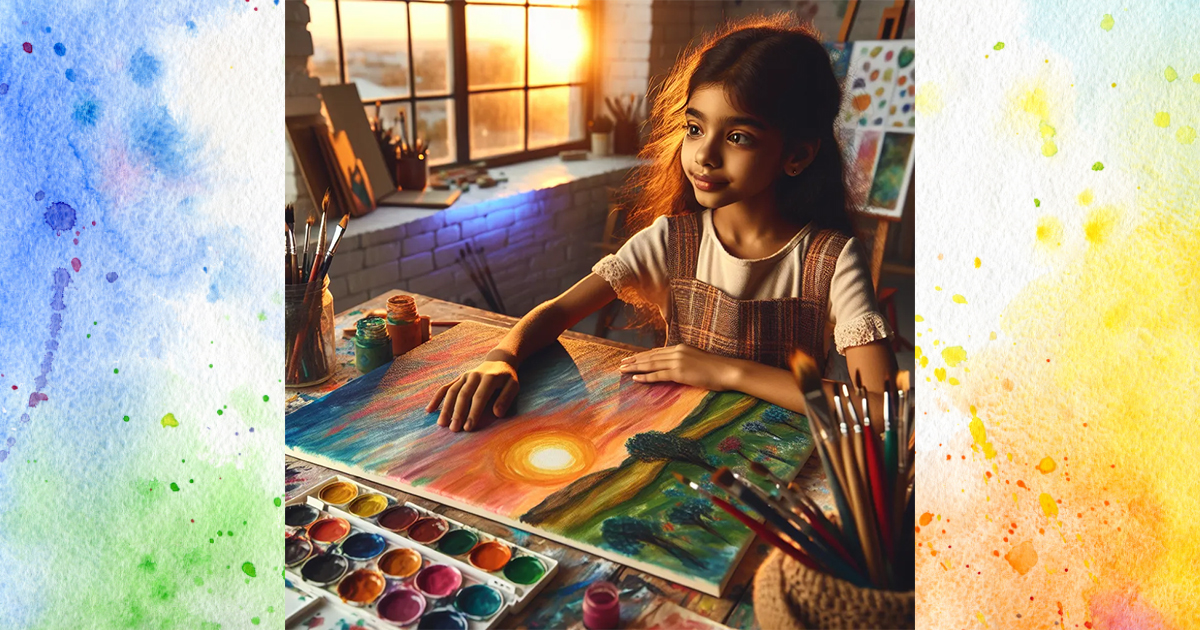In the bustling world of childhood development, creativity and sensory engagement stand as pivotal pillars, shaping the minds and futures of our little ones. But what makes these elements so crucial, and how can we, as parents and educators, ensure we’re fostering an environment where these traits can flourish? Let’s dive into the vibrant world of child development to uncover the signs of creativity and sensory engagement and explore ways to nurture these vital skills.
Introduction: The Importance of Creativity and Sensory Engagement in Children
Creativity and sensory experiences are more than just playtime activities; they are essential components of healthy child development. These elements contribute significantly to cognitive, social, and emotional growth, laying the foundation for a child’s ability to think critically, solve problems, and navigate the complexities of social interactions. But how can we recognize and support these critical aspects of development?
Recognizing Creativity in Action
Creativity extends far beyond the canvas; it is a way of thinking, a problem-solving skill that manifests in various aspects of a child’s life. From imaginative play to innovative communication and the ability to think outside the box, creativity is a multifaceted trait. Key signs of creativity include:
– **Imaginative Play**: Constructing elaborate scenarios and roles.
– **Curiosity**: A relentless quest for new information and understanding.
– **Outside-the-Box Thinking**: Approaching problems with unique solutions.
Sensory Engagement and Its Indicators
Sensory engagement refers to how a child interacts with their environment through the five senses: touch, taste, sight, smell, and sound. This engagement is crucial for learning and development, offering a foundation for complex learning tasks. Signs of healthy sensory engagement include:
– **Active Exploration**: Seeking out new experiences and environments.
– **Responsiveness to Sensory Stimuli**: Showing heightened awareness of sounds, textures, and visual cues.
– **Discovery Joy**: Expressing delight in uncovering new patterns and textures.
Supporting Your Child’s Creative and Sensory Development
Fostering an environment that encourages creativity and sensory exploration is key. Here are some tips to support your child’s development:
– **Diverse Materials**: Provide a range of materials for exploration and play.
– **Encourage Questions**: Foster a safe space for curiosity and inquiry.
– **Unconventional Solutions**: Be open to creative problem-solving, even when it seems out of the ordinary.
– **Balance**: Find a healthy mix between guided activities and free play to stimulate both creativity and sensory engagement.
Real-Life Examples: Creativity and Sensory Engagement in Action
Consider the story of Maya, a six-year-old with a passion for building intricate structures from everyday items. Her ability to see potential in the mundane, transforming cardboard boxes into castles, is a testament to creativity in action. Similarly, Alex, a four-year-old with a fascination for textures, spends hours exploring the sensory garden, his engagement indicative of a healthy sensory development.
These anecdotes highlight the importance of recognizing and nurturing creativity and sensory engagement, showcasing the long-term benefits of such traits.
Nurturing the Future: The Long-Term Impact
Children who develop strong creative and sensory skills often enjoy numerous future benefits, including academic success, innovation, and emotional resilience. These skills equip them to face challenges with a unique perspective, drive innovation, and navigate the emotional complexities of life with greater ease.
As we look towards the future, it’s clear that creativity and sensory engagement are not just beneficial but essential components of holistic child development. By recognizing, supporting, and nurturing these traits, we can provide our children with the tools they need to thrive in an ever-changing world.
In conclusion, understanding and fostering creativity and sensory engagement in children is not just an educational goal; it’s a vital investment in their future. By being attentive to the signs of creativity and sensory engagement and creating an environment that encourages these traits, we can help our children grow into innovative, resilient, and emotionally intelligent individuals.

